Sort-plastic-waste – PET-Bottles-recycled 07-06-2022 - Arhive
Sort-plastic-waste – PET-Bottles-recycled
-We can sort plastic waste, but when it comes to recycling…
Of all the plastic waste that we are currently sorting, too little is recycled properly (or even at all). As a Chemist at Ghent University, Sibel Ügdüler is developing methods for high-quality recycling, which in her opinion could resolve a serious recycling problem. The industry is watching with interest.
“Plastic waste is a huge problem”, says Sibel Ügdüler, as a chemical expert and plastic specialist (in the faculty of Bioscience Engineering). “That’s why I am so pleased that I can have an impact on society with my research.”
Sibel is seeking and developing new ways to recycle plastic sustainably. With quality recycling she hopes to close the plastic circle, which is presently far from closed, despite the fact we pop our plastic waste so neatly into the blue plastic-recycling (PMD) bag. Her research, with which she recently gained her PhD, focuses on separating plastic layers that are stuck together and removing ink from plastic packaging . Sort-plastic-waste – PET-Bottles-recycled
Sorting is not the same as recycling
In 1950, 1.5 million tons of plastic were produced worldwide; in 2018, that number rose to 359 million tons. If we wish to avoid drowning in that plastic soup we must improve our recycling.
“We would all like to believe that the plastic pots and film that we separate are recycled into new pots and foil”, says Sibel. “Unfortunately it is not the case.”
Not all plastic that is collected is actually reused. In 2020, 25 per cent of the plastic packaging waste in Europe was still thrown on the dump. 42 per cent ended up in the incinerator. The European Green Deal aims for 55 per cent of waste to be properly recycled by 2030. Sibel Ügdüler: “Preferably into premium plastic. But for many types of plastics this is still easier said than done.”
Colourful print and different layers
We do recycle PET bottles into new PET bottles. They are made of one type of plastic, which simplifies the recycling process. “Most other plastic packaging is colourfully printed, in order to appeal to consumers in the supermarket shelves. But also to communicate essential information about the product inside. All those colours make it simply impossible to recycle the packaging into transparent plastic.”
“On top of that, plastic packaging is often made of different layers of totally different types of plastic. This combination of layers is designed to keep the packaged food fresh for as long as possible. They are stuck tightly together. However, if you want to reconvert all those plastics or polymers into a premium material, you must start by separating them.” And that’s where the problem lies. Sort-plastic-waste – PET-Bottles-recycled
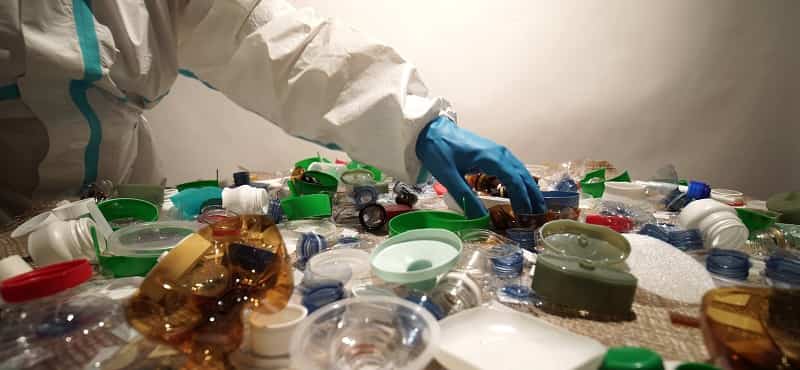
-Germany’s chemicals hit hard by China lockdowns, automotive sentiment improves – Ifo
Lockdowns in China to contain the coronavirus pandemic have had a major impact on export-intensive industrial sectors in Germany such as chemicals, research institute Ifo said on Thursday.
On a brighter note, Ifo said sentiment in the petrochemicals-intensive automotive industry has improved as pressure on supply chains after Russia’s invasion of Ukraine ease and selling prices for vehicles remain high. Sort-plastic-waste – PET-Bottles-recycled
CHINA ZERO-COVID POLICY HURTS
The two-month lockdown in China’s main industrial and logistics hub of Shanghai has greatly hurt several manufacturing German sectors, which have in exports a key end market.
In what was already a difficult environment for many industrial companies on the back of supply chain disruption globally, Ifo said that half of those already-pressured companies have reported further problems due to China’s lockdowns.
Following the strict lockdowns in China, companies surveyed by Ifo mentioned trouble sourcing inputs such as chemicals, electronic components, and plastics.
The hardest hit industry was automotive, with 82.6% of them reporting trouble.
“Industries such as automotive and chemicals as well as manufacturers of machinery and equipment and of electrical equipment, which are closely intertwined with the Chinese economy, have been hit the hardest,” said Lisandra Flach, director at the Ifo Center for International Economics. Sort-plastic-waste – PET-Bottles-recycled
China accounted for 9.5% of Germany’s trade in goods in 2021.
“ The results of a recent Ifo Institute survey show that 46% of [German] manufacturing companies rely on inputs from China,” added Flach.
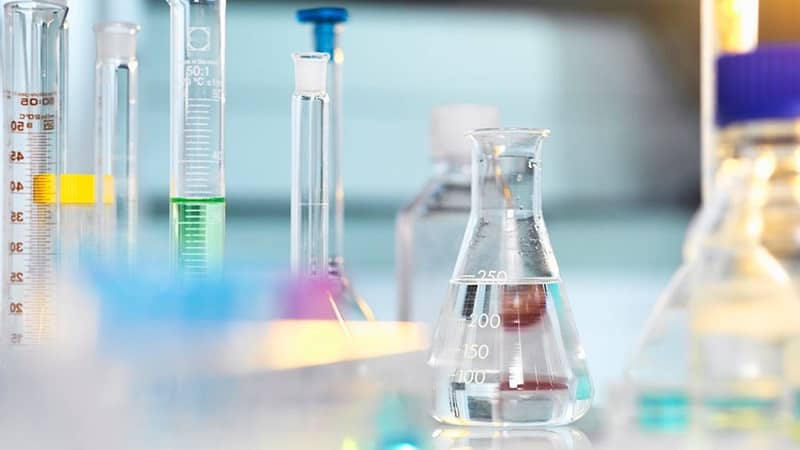
-World Environment Day: How are plastic pet bottles recycled into clothing?
Anjana Pasi, Director, MiniKlub explains the process of how PET bottles can be recycled and used to produce high-grade fibres.
Since the UN General Assembly designated June 5 as World Environment Day, it has served as a platform to raise awareness of the issues that we and our environment are facing. Whether it is air pollution, plastic pollution, sustainable consumption, or sea-level rise, environmental protection has become our top priority.
Plastic pollution has become a major concern in recent years. Plastic never decomposes; instead, it breaks down into tiny particles that end up in the ocean. It has a negative impact on the environment that may not appear to directly affect us, but it harms our mother earth and our health. Sort-plastic-waste – PET-Bottles-recycled
According to reports, the world produces more than 400 tonnes of plastic per year, with the vast majority of products not being recycled. Many brands have recently taken charge of the situation and begun recycling pet bottles into garments, which is one method of reducing waste generation making a world more environmentally friendly.
Anjana Pasi, Director, MiniKlub says “It’s just a small step that we are taking towards a sustainable nation. The collection made from recycled plastic is completely safe and skin-friendly. It is good for the environment since we are making new products from the old products which go into the garbage or are of no use to us.”
She goes on and explains the process of how PET bottles can be recycled and used to produce high-grade fibres. “The pure version of polyester textile is the ‘Recycled Polyester’. Recycled polyester is known to use PET as the raw material, the same material that is being used in clear plastic water bottles, and recycling it to make the fabric prevents it from going to landfills. Below are the steps involved in the production process of recycling the PET bottles:
The first and the foremost step involves the collection of PET bottles being sterilised, dried and later squeezed into small chips.
The chips are then heated and passed through a plate called a spinneret to form strings of yarn. Sort-plastic-waste – PET-Bottles-recycled
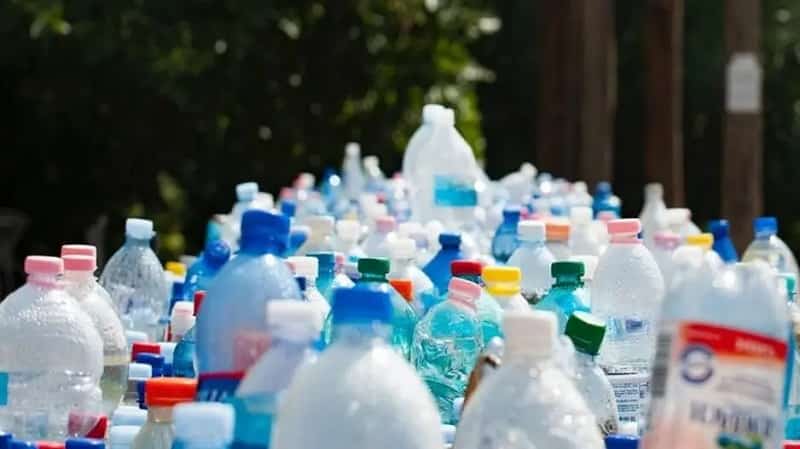
-Smart coatings that perform innovative functions
Upgrading a textile surface by means of smart coatings that perform a wide range of innovative functions – this is what Textildruckerei Heinrich Mayer GmbH, Meßstetten-Unterdigisheim/Germany, characterizes as its core competence. The results are 3D ceramic hard coatings and hybrid textiles with printed actuator and sensor technology, along with personal protective equipment solutions.
The patented Cerapur product family is constantly expanding in accordance with customers’ individual wishes. The company is currently working on particularly tough and abrasion-resistant varieties. These new developments will be on show at the Techtextil in Frankfurt/Germany. Sort-plastic-waste – PET-Bottles-recycled
Another exhibit is the ESD Fibre X coating that prevents electronic discharges of the kind that must be avoided in electronics production. The patented conductive ceramic can be used on coordinated textile carriers such as ESD coateX as a seat surface.
For the personal protective equipment sector the corresponding exhibit will be a glove with printed functional surface areas such as the inside of the hand and fingers. The coating is applied in 2 steps. First comes the protective layer to provide the resilience required and then, immediately afterward, the printed coating that incorporates the necessary flexibility and sensitivity. The fingertips are especially tricky because they are the most demanding of stabbing and cutting protection the most exacting in terms of tactility.
The company demonstrates its competence in sensor and actuator technology by means of the inner surface of a car door. A textile carrier material is printed with a 3D heating paste consisting of carbon nanotubes. The result is textile surface heating that is easily activated by touch because the sensor technology is printed on the fabric at the same time, leaving room for further functionalities in that the heating paste is applied to the back of the textile. A window regulator is one possibility. A conductive carbon paste is applied to the front of the textile – and a gentle touch will promptly let in a breath of fresh air. Sort-plastic-waste – PET-Bottles-recycled
Protecting, heating, lighting, conducting – for Mayer textiles are a material with enormous potential.

-Caprolactam: upstream or downstream, long or short?
Striking contrast between CPL upstream and downstream
Since April, the market performance of the upstream and downstream of caprolactam market has been deviating continuously, and the strong performance of upstream and the weakness in downstream have formed a strong contrast.
According to feedback from many companies, the market in the second quarter of 2022 has seen the most acute conflict between upstream and downstream.
There are many reasons for weak demand, and the impact of the epidemic is the most important. In addition to its impact on China domestic consumer confidence and behavior, a large number of textile and apparel export orders have been transferred to Southeast Asia due to challenges to the stability of the supply chain. The epidemics in Shanghai and Jilin directly impacted the auto industry, and the auto production and sales were nearly halved from April to May.
Therefore, the current performance of each link of the industrial chain (downstream from nylon 6 chip) is bleak. Sort-plastic-waste – PET-Bottles-recycled
The strength of raw materials is mainly caused by external factors. In the past two years, due to the impact of the epidemic and war, the fragile global supply chain has continued to cause problems, and many commodities have been trending strongly, typical representatives are oil and grain, tight supply of which has caused many systemic problems, including the high cost pressure of CPL. Stronger oil prices directly pushed up the prices of naphtha and benzene. Due to the turbulent overseas environment, food security is particularly important in China this year. The increase in overseas food prices has driven China domestic fertilizer prices. As the main raw material of urea, the price of liquid ammonia has broken through historical highs in 2022. Both benzene and liquid ammonia hit the historical high, which caused huge cost pressure on CPL.
The recent strength of benzene is actually driven by another major factor in addition to oil prices, overseas aromatics production cut and the RMB depreciation. In the global market, especially in the U.S. market, the consumption of refined oil products is booming. In order to maximize the profit, the refinery output is more inclined to oil products, thus the output of aromatic olefin chemicals is reduced. Furthermore, some aromatics (such as toluene) can be used for oil blending, thus further cutting down the output of aromatics. As a result, the price of benzene continues rising up in the U.S. At meantime, China’s domestic demand is weak, and most of the downstream products of benzene suffer losses. China’s benzene price has become a depression in the global pure benzene price. With this diverged price trends, the Asia-US arbitrage window is open, and Asian supply flows to the US Gulf. Superimposed the depreciation of the RMB against the USD, the supply of imported goods to China has been significantly reduced. Therefore, the inventory of benzene in East China ports has continued to decline and RMB-based benzene prices have been driven up significantly. Sort-plastic-waste – PET-Bottles-recycled
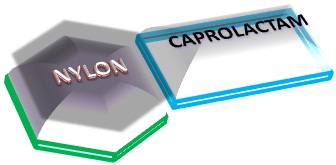
-Teijin Frontier develops new chemical recycling technology for polyester fibers
Teijin Frontier Co. Ltd., the Teijin Group’s fibers and products converting company, announced that it has developed a recycling technology using a new depolymerization catalyst to recycle colored polyester fibers without losing the quality of polyester fibers made from petroleum-derived raw materials.
The new technology also lowers environmental load compared to conventional recycling. Sort-plastic-waste – PET-Bottles-recycled
The technology produces recycled materials equivalent to petroleum-derived polyester raw materials. Using a new depolymerization catalyst for the conventional bis (2-hydroxyethyl) terephthalate (BHET) method, spent polyester is chemically decomposed and purified back into BHET intermediate raw material before being repolymerized into polyester. The production process is simpler than using dimethyl terephthalate (DMT) and ethylene glycol in a transesterification reaction, so recycling is achieved with less energy consumption. Also, the new technology reuses resources such as wastewater, waste liquid and depolymerization catalysts.
Teijin Frontier will launch a pilot facility at its Matsuyama Plant this month and proceed with verification tests. It also will continue developing recycling technologies to improve the quality of recycled polyester raw materials and reduce environmental load. Aiming to realize a sustainable value chain for a circular economy, Teijin Frontier is working to establish a mechanism for sustainable fiber-to-fiber recycling of polyester in cooperation with partner companies and consortiums both in Japan and global. Sort-plastic-waste – PET-Bottles-recycled
Compared to material recycling, which melts and molds used products including polyethylene terephthalate (PET) bottles, DMT-based chemical recycling results in less deterioration of quality due to recycling, but its energy consumption is high.
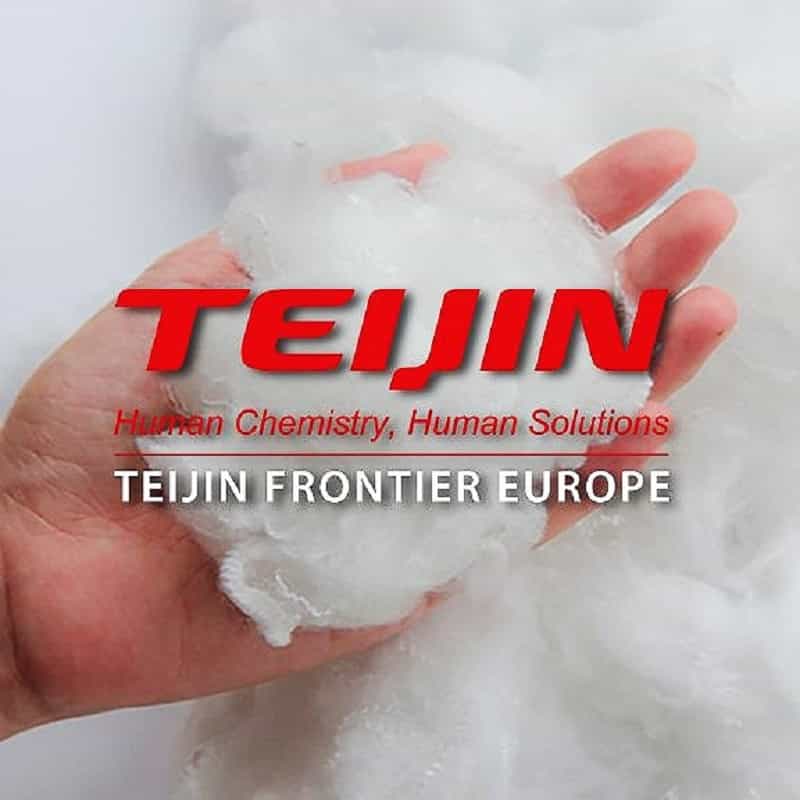
Sort-plastic-waste – PET-Bottles-recycled
